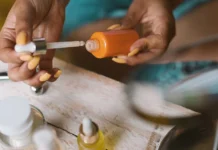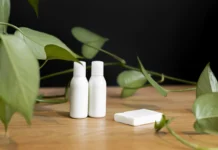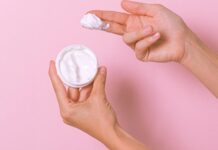
We all know that cosmetics are made from a variety of different materials, but did you ever stop to wonder what minerals are used in their production? While some minerals are used for their skin-care benefits, others are added for color or to improve the texture of the products. In this blog post, we will take a look at some of the most commonly used minerals in cosmetics and discuss their benefits and drawbacks. We will also provide some tips on how to choose cosmetics that are made with healthy ingredients.
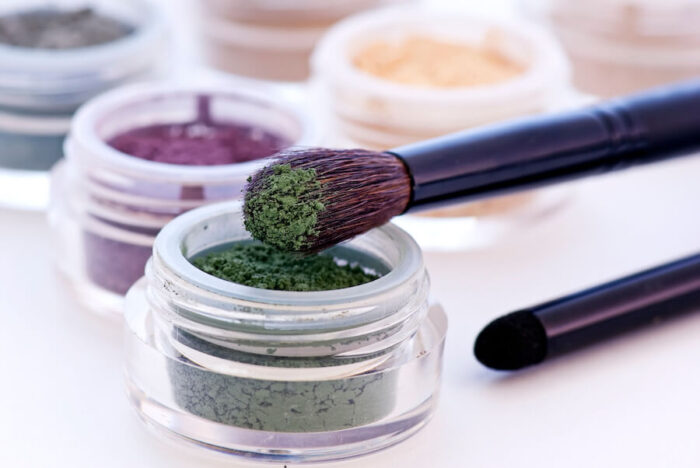
What elements makeup cosmetics?
Most cosmetics are a combination of pigments, bases, and fillers.
Pigments provide color, while bases and fillers give the product its body or consistency. The base of a cosmetic can be either oil-based or water-based. Fillers help to bulk up the product and can be either natural or synthetic.
Some popular pigments used in cosmetics include titanium dioxide, iron oxides, ultramarines, and chromium oxide greens. Bases commonly used include stearic acid, glycerin, lanolin, mineral oil, petrolatum jelly, and beeswax. Synthetic fillers include polyethylene glycols and propylene glycols.
In addition to these basic ingredients, many products also contain preservatives to help prolong their shelf life. These preservatives can be either natural or synthetic. Some common preservatives used in products include parabens, formaldehyde-releasing agents, benzalkonium chloride, imidazolidinyl urea, quaternion-15, DMDM hydantoin sodium hyaluronate, and grapefruit seed extract.
The Different Types of Minerals Used in Cosmetics
There are a variety of minerals used in cosmetics like Synergie Skin, each with its own unique properties. Talc, for example, is a soft mineral that can absorb oil and provide a smooth, matte finish to products like foundations and powder blushes.
Iron oxide is a common mineral used in cosmetics. It is used to add color to products and can be found in eye shadows, blushes, and lipsticks.
Mica is another popular mineral used in cosmetics; it has a reflective quality that creates a shimmery effect when added to products like eyeshadows and lip glosses.
Titanium dioxide is a white pigment often used in sunscreen formulations because of its ability to reflect UV light. Other minerals used in cosmetics include boron nitride (for its shine-boosting properties), iron oxides (for color), and zinc oxide (for sun protection).
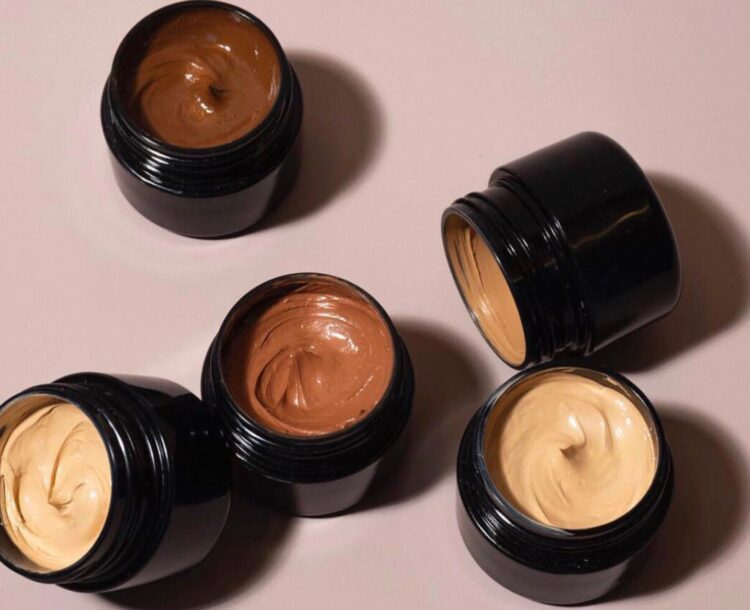
Where Do These Minerals Come From?
Minerals are inorganic compounds that occur naturally in the earth. They can be found in rocks, soil, and water. Most minerals are extracted from ore deposits in the earth’s crust.
They are found all over the world, but some areas have more concentrated deposits than others. For example, the U.S. is home to large deposits of talc, while China has significant reserves of titanium dioxide. Cosmetic companies source their minerals from a variety of locations to ensure a steady supply and meet customer demand.
What Are the Pros and Cons of Using Mineral-Based Cosmetics?
Mineral-based cosmetics have many benefits. They are gentle on the skin and won’t clog pores. They also provide natural sun protection and can be used by people who are sensitive to chemical sunscreens. However, mineral-based cosmetics have some drawbacks. They can be more expensive than traditional cosmetics, and they may not be as widely available. Additionally, some people find that mineral-based cosmetics don’t wear as well as other types of makeup.
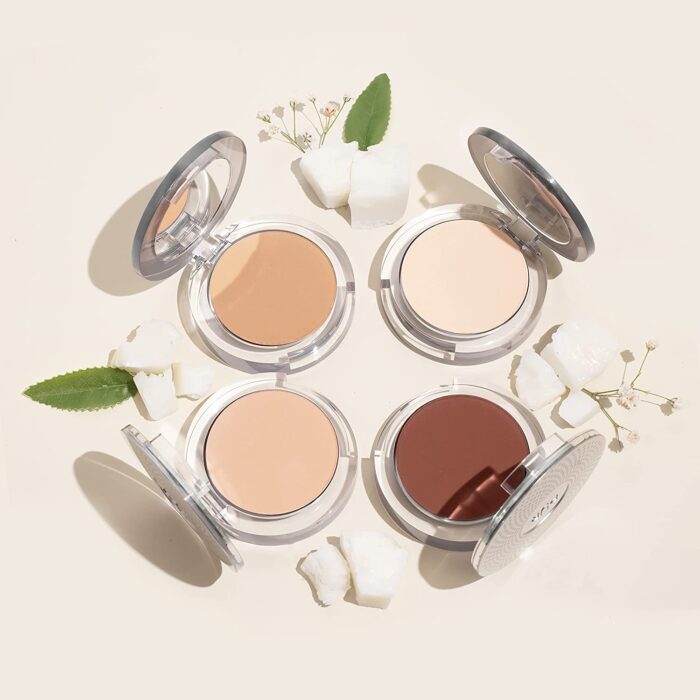
Which is the most important mineral used in cosmetics?
The most important one is zinc oxide. This mineral is used in everything from sunscreen to lipstick and has a variety of benefits for the skin. Zinc oxide is a natural sunscreen and can protect the skin from harmful UV rays. It also has anti-inflammatory properties and can help to heal wounds.
How to Choose the Right Mineral Cosmetic for Your Skin Type
There are a few things to consider when choosing the right mineral cosmetic for your skin type. If you have sensitive skin, you’ll want to look for products that are non-comedogenic and free of fragrance, parabens, sulfates, and phthalates. You may also want to consider products that are hypoallergenic and/or certified organic.
If you have oily or acne-prone skin, you’ll want to look for products that are oil-free and non-comedogenic. You may also want to look for products that contain ingredients like kaolin clay or zinc oxide, which can help control oil production and absorb excess sebum.
If you have dry skin, you’ll want to look for products that are hydrating and contains ingredients like glycerin or hyaluronic acid. You may also want to avoid products with alcohol or other drying agents.
Finally, if you have normal skin, you’ll have a bit more flexibility in terms of what kind of mineral cosmetic you can choose. However, it’s still important to read ingredient labels to make sure you’re not using anything that could potentially irritate your skin.
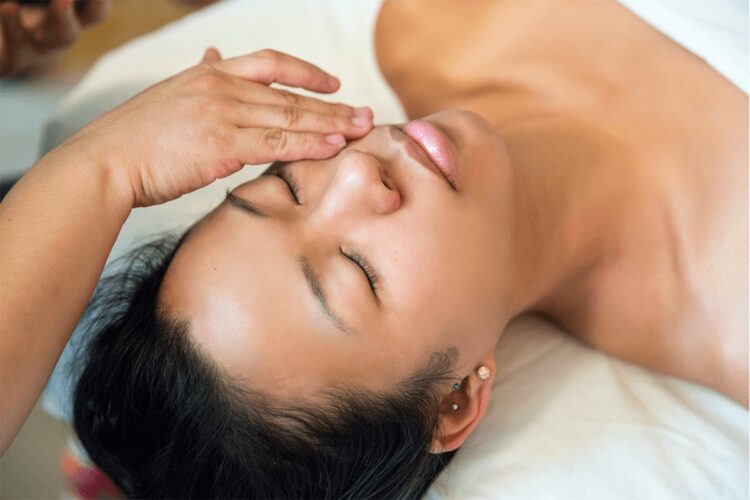
How to Know if Your Makeup is Safe?
When it comes to makeup, we all want products that will make us look and feel our best. But it’s important to remember that not all cosmetics are the same. In fact, some may contain harmful ingredients that can pose a risk to your health.
So, how can you tell if your makeup is safe? Here are a few things to look for:
-Check the ingredient list: Avoid products that contain harmful chemicals such as parabens, phthalates, and sulfates. Instead, opt for natural ingredients like mineral oil, aloe vera, and beeswax.
-Do a patch test: Before using any new product on your face, always do a patch test first. Simply apply a small amount of the product to a small area of skin and wait 24 hours to see if any irritation or redness develops. If you experience any adverse reactions, discontinue use immediately.
-Read reviews: When in doubt, always read online reviews before purchasing any new product. This way you can get an idea of how others have reacted to it and whether or not it’s worth trying out for yourself.
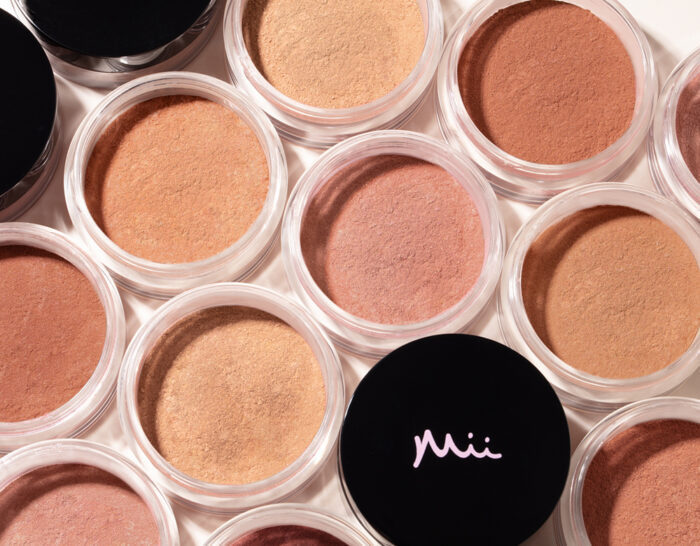
Conclusion
There are a variety of minerals that can be used in cosmetics, depending on the desired effect. For example, iron oxides are often used as pigments to give products a range of colors, while kaolin clay is commonly used as an absorbent and binding agent. Ultimately, the mineral content of cosmetics will vary depending on the specific formulation and desired outcome. However, some minerals are more commonly used than others due to their unique properties and versatility.


